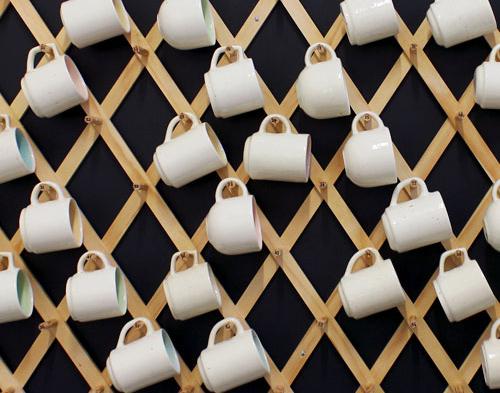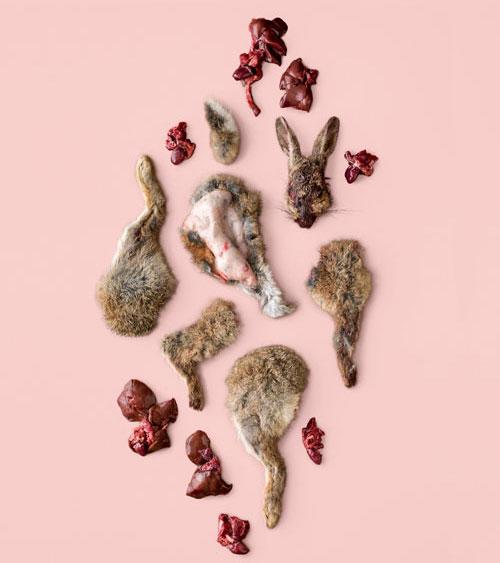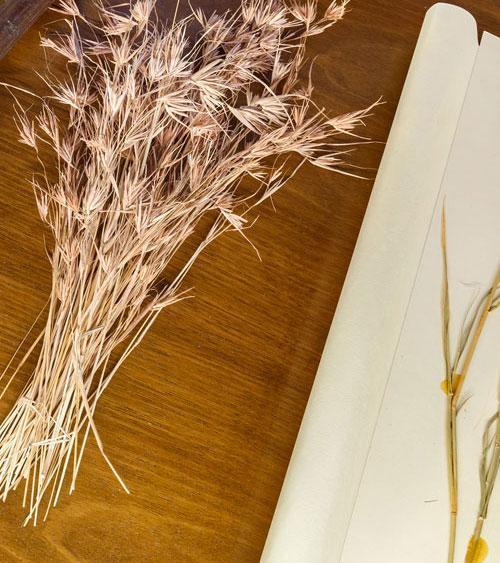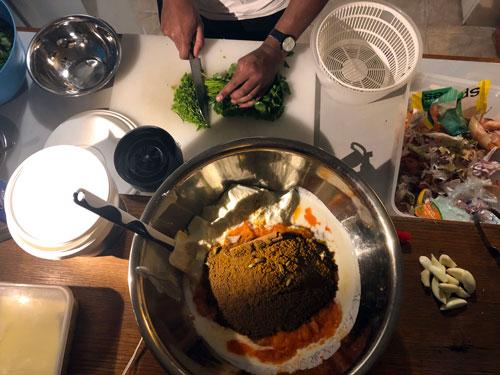.jpg)
If Bruce Pascoe has his way, we will be regularly eating breads made with Indigenous flour (made from grains that include gluten-free native millet and kangaroo rye grasses) along with a greater variety of native fruits, herbs and vegetables such as murnong (yam daisies) sourced from revivalist farming projects like the Gurandgi Munjie collective Pascoe formed with other Indigenous Australians.
Our cover image for this issue, with its close-up of the delicate tubers cast in bronze, was conceived as a memorial to the dream of the yam daisy that inspired the exhibition by artist and curator Jonathan Jones at the Art Gallery of South Australia and Santos Museum of Economic Botany in the Adelaide Botanic Garden for the 2019 Tarnanthi Festival of Contemporary Aboriginal and Torres Strait Islander Art. Bunha-bunhanga: Aboriginal Agriculture in the South-East is an example of the unfolding narrative of farming- and food-led reconciliation demanded by Pascoe’s Dark Emu.
First published in 2014 by Magabala Books, based in Broome, Dark Emu is the defining book of our generation, with its recently released children’s edition, dance work by Bangarra and TV documentary currently in production with Blackfella Films. It is also first title on the Parliamentary Book Club reading list for 2020, so there is hope after all that its vital message can be shared and acted upon, taking into account the escalating environmental and human consequences of Australia’s recent history of poor land management, dispossessing those with more advanced prior knowledge.
As discussed in the feature essay by Ann Finegan, this food revolution inspired by Indigenous cultural knowledge in which Australians could play a global role, presenting an abundance of start-up producers, chefs and gastronomes, ripe for investment in the production and preparation of old and original foods is (as we can now thankfully say ironically) the best thing since sliced white bread—or, rather, the antidote to it, revisiting the big mistake of our industrialised food chain and the colonisation of the world by the poor British diet. Not only is this produce better for our bodies, more suited to the climate, dry soils and conditions of the Australian landscape, it might well be the biggest growth industry left to us at a time of growing food insecurity.
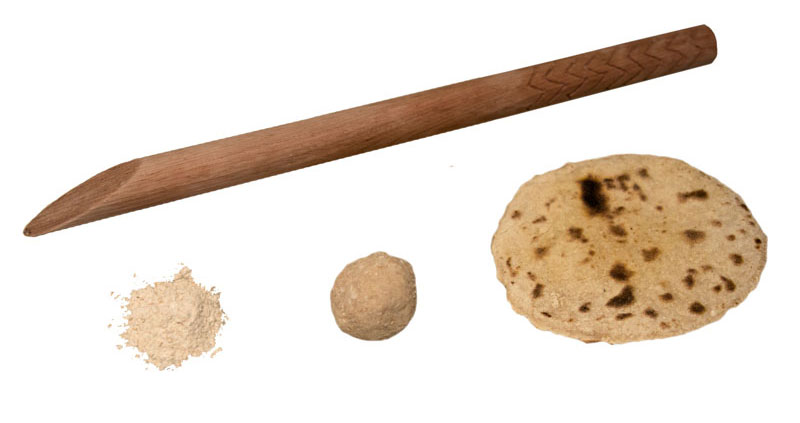
Food is all-consuming and always central to life’s desperate bid for survival. I am reminded of this when reading Claire G. Coleman’s novel Terra Nullius, an update on Kurt Vonnegut’s Slaughterhouse Five, set in a past, present and future state of colonial invasion and climate-induced peril, beset by the perpetual challenge of adaptation to the new conditions. Virtually every page groans with reference to food and water, or the lack of it, the rationing and hunting down of it, and the poor food choices. The raid on the colonial pantry, ending up in tell-tale clouds of flour, reminds me here of the performance work of Dianne Yulawirri Hall, profiled in this issue by Christine Morrow.
Across these pages, Artlink’s contributing artists and writers extend their generous versions of the narrative to unpack the panic and the pleasure, concerns of under- or mal-nutrition, waste and excess, and the issues that abound in or even determine what constitutes food as well as the politics and ethics of consumption that contribute to the shared food conversations around the dinner table.
Enjoy, and try the recipes.




